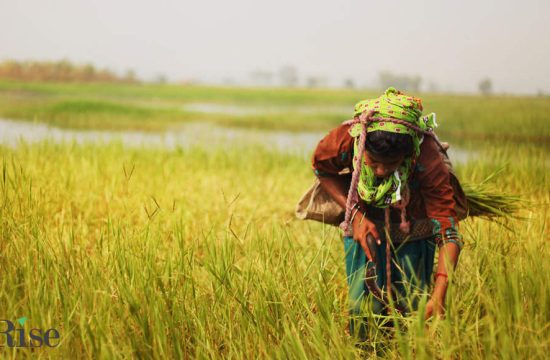
Self-employed and gig workers who have been waiting for new rules that would mean larger forgivable loans through the Paycheck Protection Program can now move forward with their applications.
As of Friday, the Small Business Administration is ready to accept and process updated PPP applications from sole proprietors looking to take advantage of a new loan calculation, the agency confirmed.
This means that sole proprietors can finally submit their applications to lenders, who can send them on to the SBA to be processed under the new loan calculation guidelines.
More from Invest in You:
Lost jobs, no child care: A year into the pandemic, women are not OK
The IRS got 35 million tax returns in one week as Americans race to file
Smallest businesses getting extra PPP help. What to know before applying
The changes come after the Biden administration in late February announced updates to PPP, including the revised loan calculation for sole proprietors as well as new eligibility rules for some noncitizens, those with certain criminal records and people who had defaulted or were delinquent on student loan debt.
In addition, the administration announced a 14-day priority window for businesses with fewer than 20 employees to apply to PPP. The period began on Feb. 24 and will end on March 9.
While the focus of the priority period was to give the smallest businesses, which are disproportionately women- and minority-owned, a leg up in receiving funding, the timing of the new loan calculation rule led to confusion for some. The SBA didn’t release guidance on the new calculation to lenders until March 3 and wasn’t ready to process updated applications in its system until Friday.
What to know before applying
Now that the SBA is ready to accept and process applications, small businesses should be able to apply for PPP and be subject to the new loan calculations.
To be sure, some lenders may still be working to upload the new applications into their system, so business owners should confirm that they have the correct forms to apply.
The updated PPP applications for self-employed workers and sole proprietors who file IRS Form 1040 Schedule C now asks for the total amount of gross income, found on line 7 of the tax form. Previously, Schedule C filers applying for PPP loans were asked to give the SBA their net profit, from line 31 on the form.
Those applying for a first-draw PPP loan should use Form 2483-C and those applying for a second-draw loan should use Form 2483-SD-C, which include the new calculation information.
The priority application window
For small businesses that are subject to the new rule and wanted to take advantage of the priority application period, time is ticking. The window will close at 5 p.m. ET on March 9, at which point lenders will be able to process applications from all sizes of small businesses.
Still, sole proprietors will be able to apply and see loans processed by lenders after the priority window closes. The deadline for the program overall is currently March 31, unless it is extended by Congress.
In addition, lenders say they don’t think the program will run out of money ahead of the March deadline. This year through Feb. 28, the SBA had approved 2.2 million loans equaling more than $ 156 billion, just over half of the $ 284 billion the program had when it reopened in January.
“Given the pace at which the funds have gone, it doesn’t appear that by the March 31 deadline they will all be used,” said Alex Prombaum, president of Liberty SBF, a nonbank lender. “The priority window might lapse, but it’s not going to mean that people are left out in the cold.”
SIGN UP: Money 101 is an 8-week learning course to financial freedom, delivered weekly to your inbox.
CHECK OUT: Here’s the credit score you need to buy a home via Grow with Acorns+CNBC.
Disclosure: NBCUniversal and Comcast Ventures are investors in Acorns.









